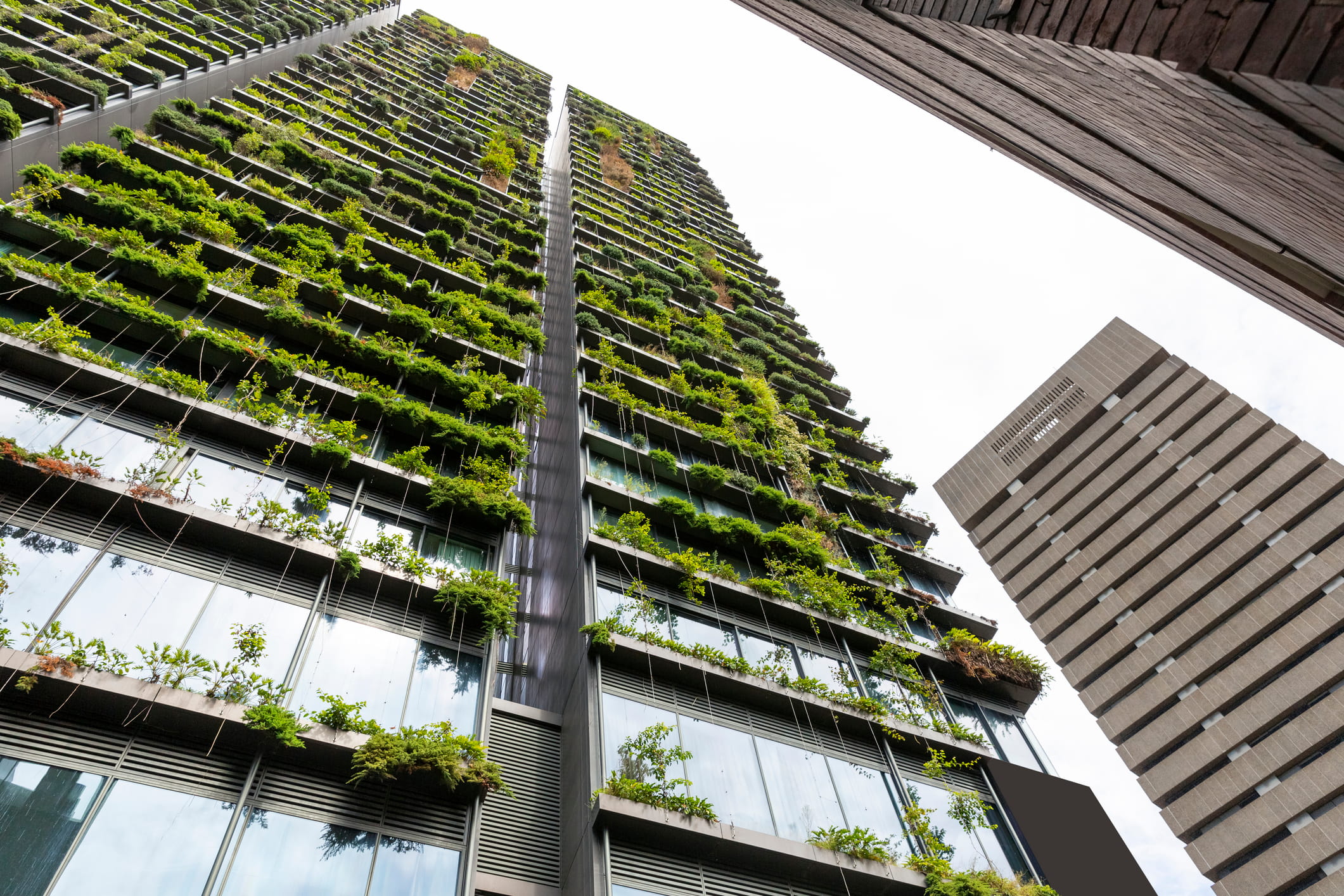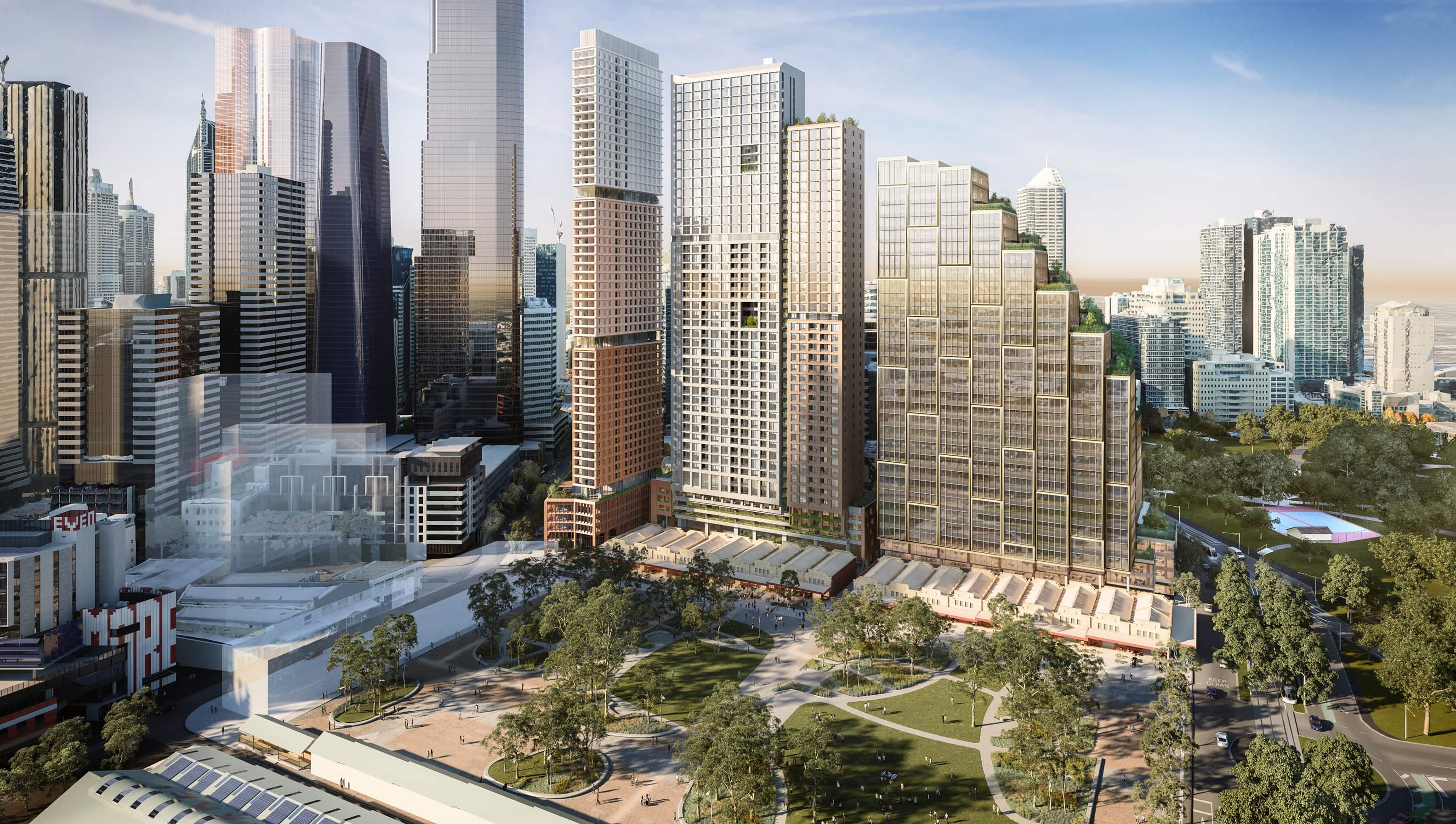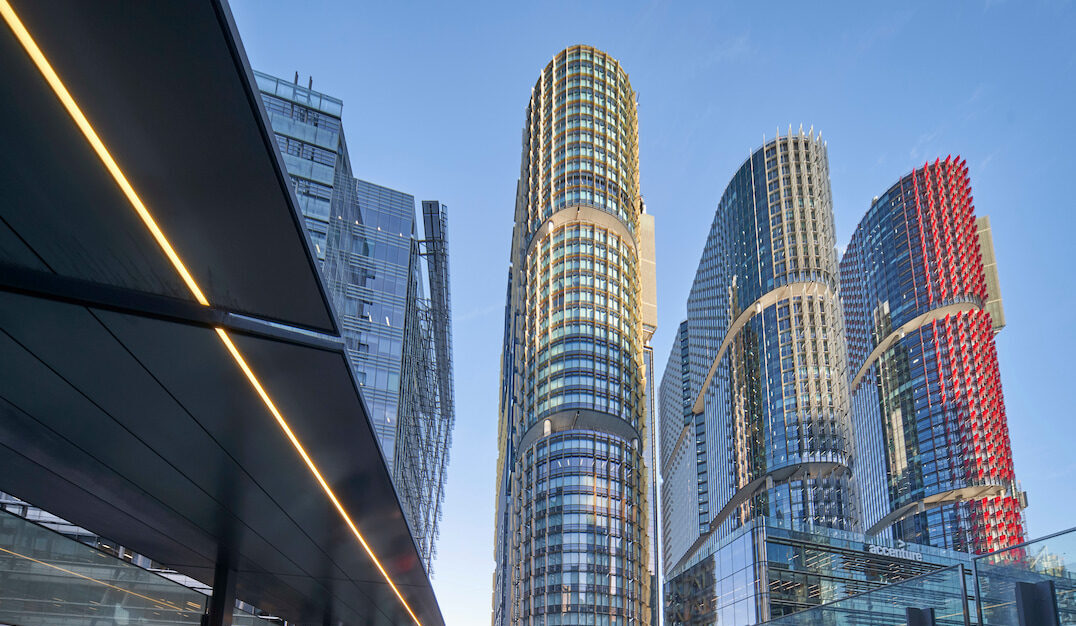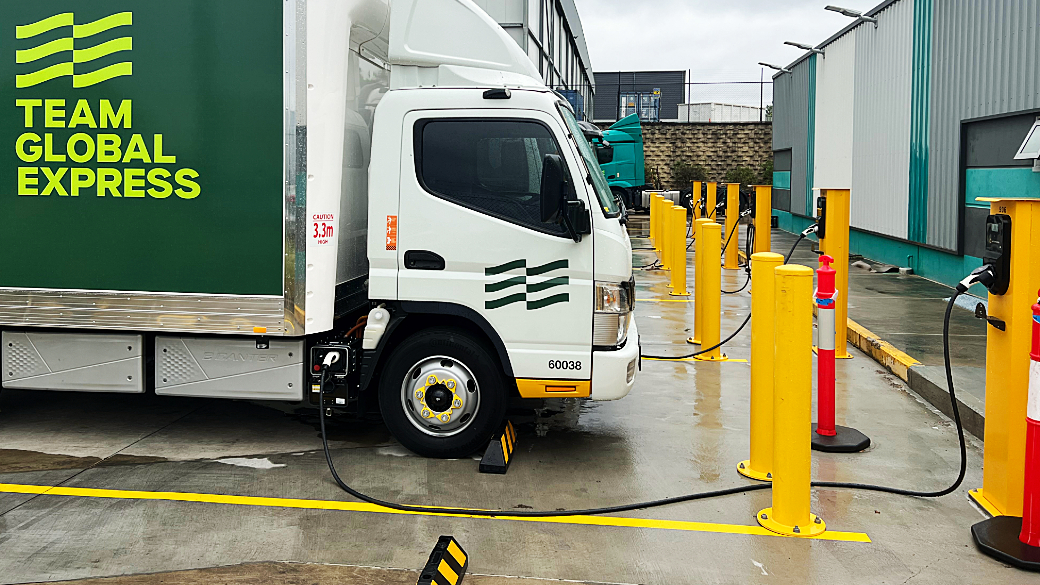Today’s buildings and infrastructure shape tomorrow’s world. That’s why we’re making it easier for our clients to understand and achieve greener choices and sustainable value across the life of their projects.
With the building and construction sector responsible for a significant proportion of global carbon emissions, waste and energy consumption, we all have an opportunity – and a responsibility – to embrace change and build a more sustainable future.
Harnessing the power of new technologies and big data, we provide independent, reliable and realistic sustainability costing, measurement and advisory services.
Our digital solutions revolutionise how clients can access and interact with their project data. From managing and reporting embodied carbon to achieving green building certifications or futureproofing older assets to meet new expectations, we help our clients make faster and better decisions to achieve cost-effective structures that perform across their lifecycle.
Electrification and sustainable buildings
Any asset can be updated, retrofitted and futureproofed to operate more sustainably. With a wealth of mechanical, electrical and plumbing (MEP) experience, we undertake audits and develop management plans to optimise energy and water use across the long life of a building.
With our deep knowledge of technical requirements, we help our clients navigate the transition of building services from gas to electricity with a clear understanding of the capital and whole-of-life cost impacts.
Our sustainability perspective encompasses more than energy and water. We also work with clients to minimise waste, create healthy spaces for work and living, boost biodiversity, and turn upfront costs into long-term value.
Embodied carbon management
Reducing embodied carbon is an urgent global challenge and crucial for achieving net zero. We leverage our wealth of current, real-world experience and the power of rich data and advanced technology to accurately estimate, measure, benchmark and report the embodied carbon status of our clients’ assets.
We identify carbon hot spots and help our clients understand design implications, test decisions, and track progress using our online dashboards. With our expert eye on the rapid evolution of innovative low-carbon design options and materials, we can also recommend, quantify and provide cost options for improving a project’s carbon footprint.
We have helped achieve significant embodied carbon reductions on previous and current projects, and continue to strive for further reductions wherever possible.
Green building commissioning and certifications
Whatever our clients’ priorities and targets for their assets – whether it’s pursuing accreditations (such as GBCA’s Green Star, NABERS, or Climate Active), meeting corporate ESG targets or complying with government requirements – we help them understand the costs and benefits, and map the path to success.
With our support, our clients can get ahead of the curve with future-ready projects that will tick all the right boxes and appeal to eco-savvy investors, purchasers and tenants.
As an independent commissioning agent (ICA), we provide an unbiased perspective of the commissioning process and a ‘soft landing’ to protect our clients’ interests. We’ll bring our extensive knowledge and continuous support to ensure assets are delivered well and can live up to their full green potential.
Download Capability Statement – Carbon & Sustainability (PDF) 3.71 MB






